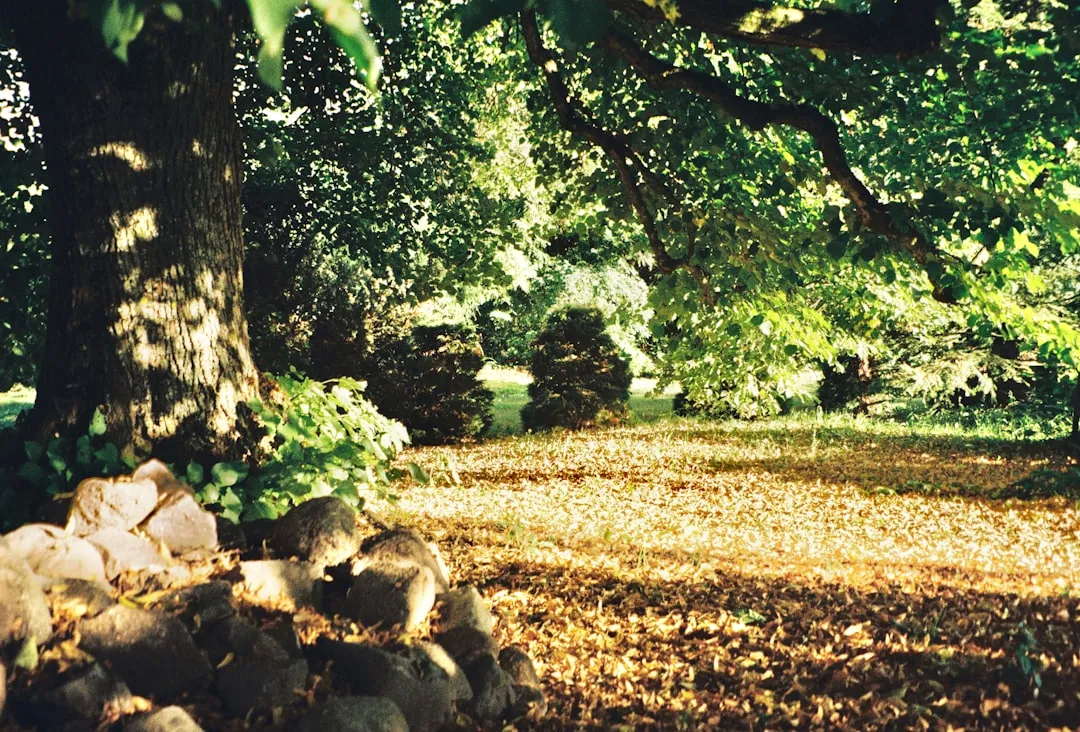The Art of Flower Preservation: Three Effective Methods

Flowers are nature's delicate masterpieces, but their beauty is often fleeting. However, with the right techniques, you can preserve their charm for an extended period. In the realm of garden design and various gardening projects, learning how to dry flowers is a valuable skill. There are three popular methods to achieve this: air - drying, using silica gel, and even employing the microwave. Each method has its own advantages and is suitable for different types of flowers and end - uses, such as creating wreaths, bouquets, and enhancing decorating projects.
Air Drying: The Traditional Approach
Air drying is perhaps the oldest and simplest method of preserving flowers. It involves allowing the flowers to lose moisture naturally over time. To start, select the right flowers. Flowers with sturdy stems and petals like lavender, roses, and baby's breath are excellent choices. First, cut the flowers at the peak of their bloom. Make sure to remove any excess leaves or foliage from the stems. This not only makes the drying process more efficient but also gives the final product a neater appearance.
Next, gather the flowers into small bunches. Tie the stems together securely with a string or rubber band. Hang the bunches upside down in a dry, dark, and well - ventilated area. Darkness helps to preserve the color of the flowers, while good ventilation ensures that the moisture can escape easily. You can use a closet or a shed for this purpose. The drying time can vary depending on the type of flower and the environmental conditions. It usually takes anywhere from one to three weeks. Once the flowers are dry, they will feel crisp to the touch. Air - dried flowers are perfect for creating rustic - looking wreaths and can add a touch of natural elegance to any room.
Silica Gel: A Faster and More Precise Method
If you're looking for a quicker way to dry flowers while maintaining their shape and color, silica gel is the answer. Silica gel is a desiccant that absorbs moisture rapidly. You can purchase silica gel at craft stores or online. Start by choosing the flowers you want to preserve. It's best to use freshly cut flowers for the best results.
Take a container that is large enough to hold the flowers. Pour a layer of silica gel at the bottom of the container. Gently place the flowers on top of the silica gel, making sure they are not touching each other. Then, carefully pour more silica gel over the flowers, covering them completely. Make sure that all the petals and parts of the flower are surrounded by the gel. Seal the container tightly and leave it for a few days. The exact time depends on the size and type of the flower, but it's usually between two to five days. Once the flowers are dry, carefully remove them from the silica gel. Use a small paintbrush to gently brush off any remaining gel particles. Silica - dried flowers are ideal for creating detailed and realistic - looking bouquets and can be used in more intricate decorating projects.
Microwave Drying: The Quickest Option
For those who are short on time, microwave drying is a convenient method. However, it requires a bit more caution. First, select small and thin - petaled flowers like pansies or violets. Place the flowers between two layers of paper towels. The paper towels will absorb the moisture released during the process. Put the wrapped flowers in the microwave. Set the microwave to a low power setting and heat the flowers in short intervals, usually 10 - 30 seconds at a time. Check the flowers after each interval to avoid over - drying. Once the flowers are dry, let them cool completely. Microwave - dried flowers can be used for small - scale decorating projects, such as making bookmarks or adding a unique touch to greeting cards.
In conclusion, whether you choose the traditional air - drying method, the faster silica gel approach, or the ultra - quick microwave drying, learning how to dry flowers opens up a world of possibilities in garden design and decorating. These preserved flowers can bring the beauty of the garden indoors and add a personal touch to your living spaces. So, go ahead and experiment with these methods to create your own unique floral masterpieces.